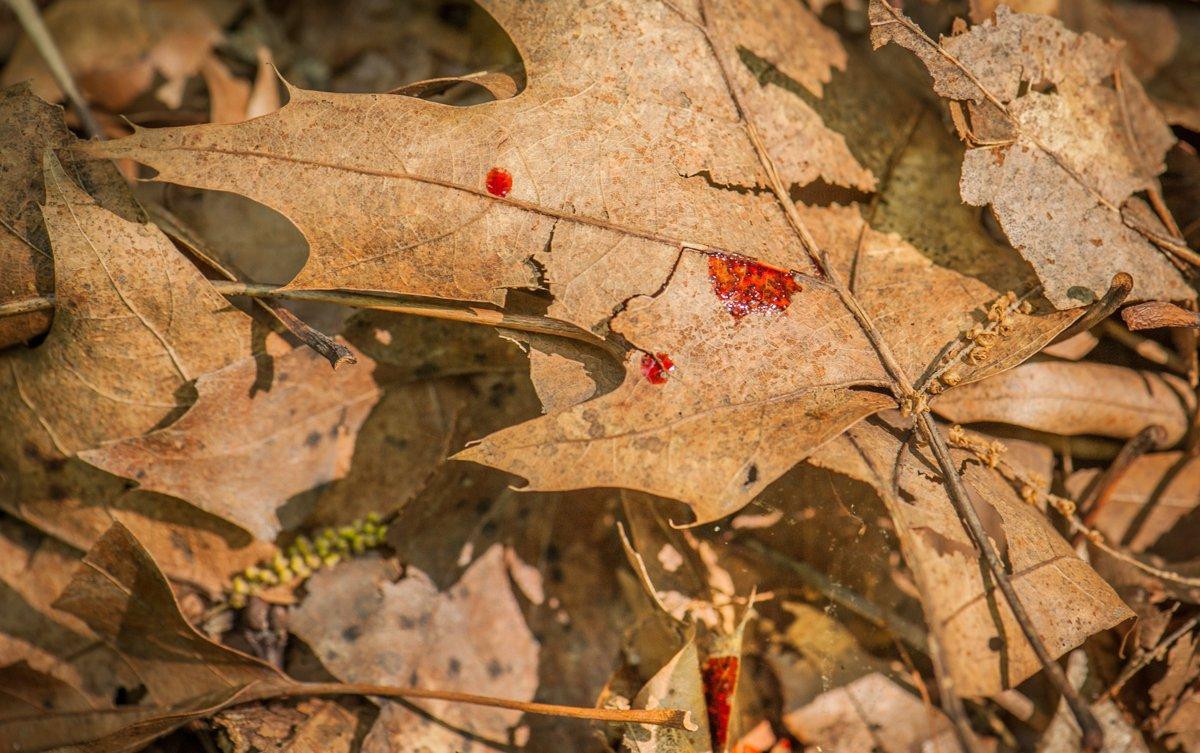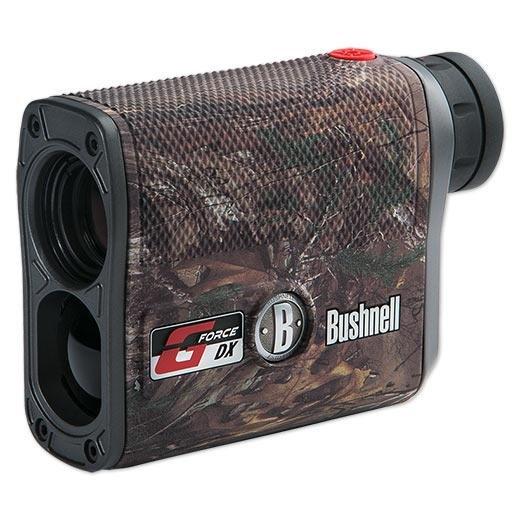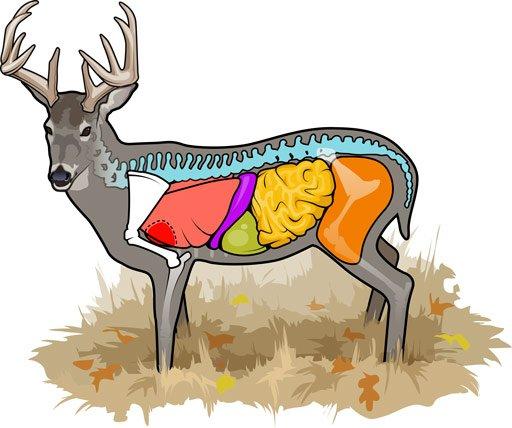Use These Tips to Find More of the Deer You Shoot
Blood trailing isn't just a skill. It's an art. It takes years of practice and a lot of blood trails to gain the experience it takes to become proficient. To accomplish this, don't just blood trail your own deer. Help other people blood trail theirs, too. This will increase your knowledge of blood trailing deer. But in the meantime, check out these 20 tips that we've compiled to boost your chances of finding your deer.
1. Know Where You Hit the Deer
This might sound remedial, but it's important. One of the most important things you can do to find your deer is to know where the arrow struck. Focus when you take the shot. Don't let the adrenaline keep you from watching the arrow. Other methods to help with this is to use lighted nocks (where legal) and to film your hunts so you can watch the flight of the arrow.
2. Visibly Mark Where the Deer Was Standing When You Shot
Use a physical landmark to help remember where the deer was standing when you shot it. This is the location you should start blood trailing, even if you watched the deer run for a good distance. Always start trailing from the beginning unless you see the deer tip over. This helps you get a feel for what the blood trail is like.
3. Pay Attention to the Deer's Behavior After the Shot
Watching how a deer reacted to the shot can help you determine what hit you had. Deer that mule kick are sometimes heart and/or lung hit. A buck that runs 50 to 100 yards, stops and then humps up like it's sick is likely gut/paunch shot. The list goes on.
4. Visibly Mark Where the Deer Ran To
Even though you're going to start following the blood trail where you shot the deer, you still need to know where the deer ran to. This will give you an idea of what direction to go in and look if the blood trail dries up.
5. Remain in the Tree Until Deer Clear the Area
Sometimes deer die in 10 seconds and sometimes it's 10 hours (or more). It all depends on the shot you make. But just in case you made a bad shot, you need to refrain from spooking the deer you just shot and other deer around it that could alert it to your presence. Stay quiet and still until all deer have left the area.
Bushnell G-Force DX ARC Rangefinder in Realtree Xtra
Don't Miss: Deer Shot Placement: How to Know Where Your Arrow Hit
6. Back Out and Give the Deer Some Time
The first order of business isn't checking for blood or trying to find your arrow. The first thing you should do is get out of there, go get a biscuit and give the deer some time. Don't push the deer. The worst thing you can do is take up the blood trail too soon.
7. Wait Time Varies Depending on Shot Placement
Know how long you should wait before taking up the blood trail. To get more information on this, follow the link in the sidebar to our shot placement interactive guide. It's a great resource that will help you examine shot placement, study the arrow, analyze the blood trail and will ultimately reveal how long you should wait before blood trailing.
8. Study the Arrow if Possible
Looking at the arrow is important. That is, if you can find it. If so, looking at the blood (or lack thereof) on the shaft will reveal a lot about your shot. Dark red blood can mean a heart or liver shot. Bright pink blood hints at a lung shot. Green matter and a foul odor suggests a gut shot. For more information on this, again, follow the link to our shot placement guide.
9. Analyze the Color of the Blood Trail
The color of the blood is important. As previously mentioned, different colors can mean different organs were impacted by your arrow or bullet. Study it carefully.
10. Consider the Amount of Blood
The more blood, the better. That much is obvious. Sure, it's harder to follow, but less blood isn't necessarily a bad thing when considering the mortality of the shot. High lung shots — mortal wounds — generally result in lesser blood trail due to the fact that it takes longer for the body cavity to fill up with blood.
The Deer Shot Placement Interactive Guide
11. Aim Small, Miss Small
We're not talking shooting here. That part's already over. But the same concept applies to finding droplets of blood, too. Don't look for the woods to be painted red. Instead, look for pea-sized (or smaller) drops of blood and you'll be more successful at finding deer.
12. Get Low
It's hard to follow sparse blood trails, especially in low-light conditions. Crouch or kneel down so it's easier to find blood. It can be a long, grueling process if the blood is this hard to find. But it's necessary to do this.
13. Use Something to Mark Last Blood
This is important. Always mark last blood before moving on to find next blood, especially if it's a bad blood trail. Flagging tape, bright clothing and other easy-to-see objects will work fine.
14. Don't Move Forward Until You've Found More Blood
Don't go aimlessly traipsing around. That's a great way to mess up the blood trail. It's too easy to smear blood and turn over vegetation with blood on it to risk thoughtlessly walking around. Only move ahead when you've found next blood.
15. Use Arching Half Circles When You Lose Blood
If you go 10 minutes without finding blood, conduct small arching half-circles to get back on the trail. Move in the direction the blood trail was going when you lost it. Oftentimes, you find blood again.
Don't Miss: How to Blood Trail a Deer
16. Think About the Blood-Trail in Relation to the Wound
How you hit the deer will dictate what the blood trail looks like. Was it a high entrance wound? Was it a low exit wound? Crouch down and get on the deer's level. Don't just look on the ground for blood. Look on the sides of trees and vegetation that the deer might have brushed up against, too.
17. Monitor the Temperature and Weather
Weather and temperature is always a factor when blood trailing deer. Remember to keep both in mind when deciding how long to wait. But still give deer ample time based on the shot placement. Don't push the deer. It's better to find the deer later on than not at all.
18. Watch for Deer to Double or Circle Back
Sometimes, depending on where you hit the deer and how long it takes to expire, deer can double or circle back. Deer that circle back aren't necessarily hard to trail. But deer that double back, especially those that do a hard double back directly the way they came, can be much trickier. Keep this in mind if the trail suddenly stops. If it does, double back and see if the trail veers off somewhere.
19. Bring Help, But Not Too Much
One person isn't enough (in my opinion). More than three is a crowd. I like to have one person take point in the blood trail. That person calls the shots. The second guy stays just to the right or left as both search for blood. The third guy always stands at last blood and continues to search for blood from there.
20. Use a Dog (Where Legal) When Necessary
First off, this should be legal in every state. If it isn't in yours, lobby for it. That said, if you can use this tip, it's dumb not to. Use every legal tool at your disposal to find your deer.
Don't Miss: 20 Deer Hunting Lies Your Granddaddy Told You
Editor's Note: This was originally published September 27, 2017.
Are you a deer hunter wanting to learn how to accomplish your goals? Check out our stories, videos and hard-hitting how-to's on deer hunting.










